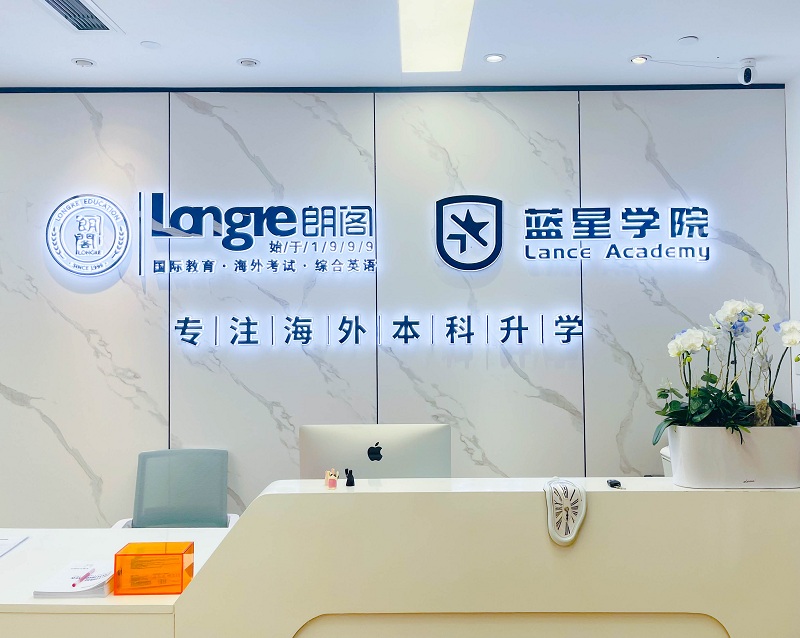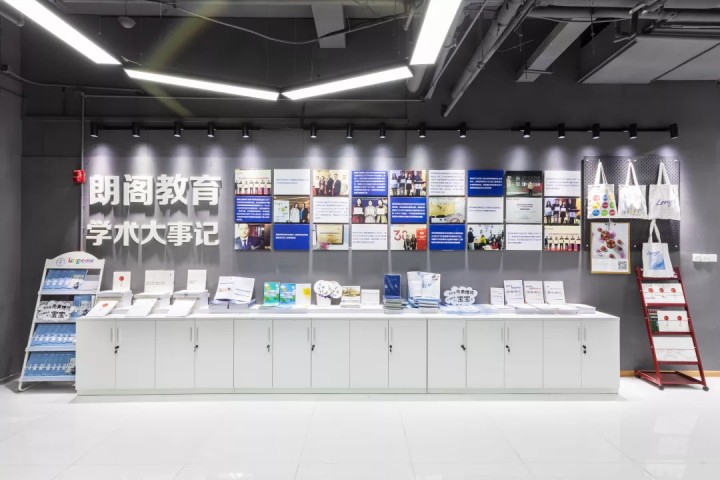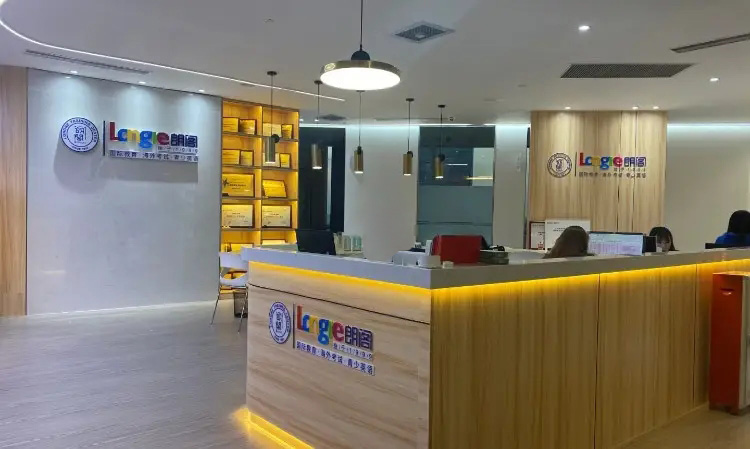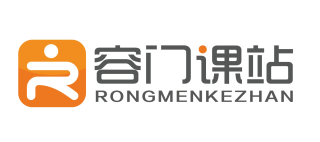
二、图表阐释类
段图表概述:
主题句:首先要有主题句来概述图表所反映的总体现象、变化或问题,例如在描述某城市近几年人口增长趋势的图表时,主题句可以是“The chart shows the population change in a certain city in recent years.”(该图表显示了某城市近年来的人口变化)。
扩展句:接着会有扩展句,概述图表中显示的初期的数据或情况,如“In 2010, the population of this city was about 5 million.”(2010年,这个城市的人口大约是500万),以及概述图表中数据或情况的变化,像“From 2010 to 2020, the population has been increasing steadily.”(从2010年到2020年,人口一直在稳步增长)。
第二段说明原因:
主题句:引出下文对原因的说明,例如“The following reasons can account for this population growth.”(以下原因可以解释这种人口增长)。
扩展句:然后分别说明 点原因“Firstly, the economic development in this city has attracted a large number of migrants. The booming industries here offer more job opportunities.”(首先,这个城市的经济发展吸引了大量的移民。这里蓬勃发展的产业提供了更多的就业机会),第二点原因“Secondly, the improvement of living conditions, such as better housing and medical care, also makes people more willing to settle down here.”(其次,生活条件的改善,如更好的住房和医疗保健,也使人们更愿意在这里定居)等。
第三段说明影响/问题或表达观点:
主题句:表达“我”的思考或看法,例如“In my opinion, this population growth brings both opportunities and challenges to the city.”(在我看来,这种人口增长给城市带来了机遇和挑战)。
扩展句:阐述 点影响或看法“On one hand, it can promote the further development of the city's economy with more labor force.”(一方面,它可以凭借更多的劳动力推动城市经济的进一步发展),第二点影响或看法“On the other hand, it may also put pressure on the city's resources and environment.”(另一方面,它也可能给城市的资源和环境带来压力),结尾句通常是提出建议或作出展望,如“Therefore, the government should take measures to balance the development and environmental protection.”(因此,单位应该采取措施来平衡发展和环境保护)。
三、说明现象类
段描述现象:
主题句:概括指出现象,比如“Recently, the phenomenon of online shopping has become more and more popular.”(最近,网上购物的现象变得越来越流行)。
扩展句:现象的具体表现或变化,如“More and more people choose to buy clothes, books and even daily necessities online instead of going to physical stores.”(越来越多的人选择在网上购买衣服、书籍甚至日用品,而不是去实体店),进一步说明现象的表现或变化“Moreover, the variety of products on the Internet is extremely rich, and the price is often more competitive.”(此外,互联网上的产品种类极其丰富,而且价格往往更具竞争力)。

学习模式
专职任课教师,全程跟班辅导,早晚自习监督,全封闭式学习

贴心服务
全真模拟考试,提前感受考场氛围,专业雅思、托福报名服务

实力教师授课
北美专家团队等教师授课,留学团队提供专家咨询及申请规划

全程管理
专属班主任全程管理学员的日常生活, 细致服务,如同家般感受

定制档案
定期针对课程内容测试并及时沟通学习进度及学习情况

直达名校
语言培训—考试强化—签证培训—留学申请,直达世界高等名校

In the translation of university English, the transformation of adjectives into adverbs plays a significant role. This process involves converting descriptive words into words that describe actions or states of being. Here are some examples to illustrate this concept:
Quickly: This is the adverb form of the adjective "quick" and is used to describe how an action is performed. For example, "She quickly finished her homework."
Slowly: The adverb form of "slow" describes the manner in which an action is carried out. An example would be, "He slowly walked down the street."
Carefully: This adverb is derived from the adjective "careful" and is used to emphasize the cautiousness with which an action is performed. For instance, "The doctor carefully examined the patient."
Loudly: The adverb "loudly" is formed from the adjective "loud" and is used to describe the volume at which something is done or said. An example could be, "The children were loudly playing in the park."
Softly: This adverb is the adverbial form of "soft" and is used to describe the gentle nature of an action or sound. For example, "The baby softly cried in its sleep."
By understanding and applying the transformation of adjectives into adverbs in translation, one can more accurately convey the intended meaning and nuances of the original text.
1.师资力量雄厚,各老师都拥有丰富的实践经验和教学经验,富有责任心,老师全程跟踪解决学员后顾之忧。
2. 优质的教学质量,紧紧围绕课堂教学,优化教学过程,增强教学的有效性。
3.舒适的学习环境,校区环境整洁舒适、休闲安静、舒适自然、轻松宜人。
4.良好的交通条件,校区周边交通便利,停车方便,公交可直达校区。
预约试听体验课程:
学员如需参加体验课程,需提前一周和顾问预约体验课程,提供给顾问参加学员姓名+电话+课程+所在地区,顾问会及时登记预约就近校区体验课程,预约后顾问会通过电话或短信通知学员。
我们竭诚为您服务,如需帮助或了解优惠活动,请在线联系顾问,顾问会及时安排课程老师电话和您沟通介绍!
电话咨询
全国统一学习专线 8:30-21:00
在线咨询
申请试听
微信联系

移动版M站

